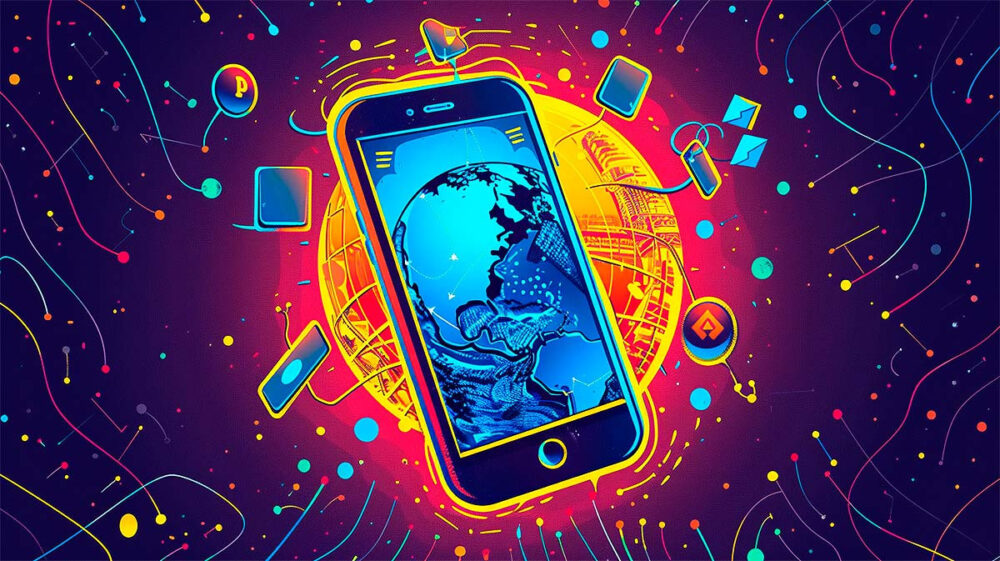What Happens If You Install 100 Apps on an iPhone and Leave It for Five Days
A new study conducted by experts at Cybernews has revealed that iPhones continue to actively exchange data with external servers, even when left idle for extended periods. In the experiment, a factory-reset iPhone SE was used, onto which the 100 most popular apps from the German App Store were installed. Every outgoing connection to external servers was tracked using the NextDNS service.
Back in February, Cybernews researchers performed a similar experiment with an Android smartphone, making the comparison of the results even more interesting.
iPhone’s Network Activity During Idle Time
During the five days the iPhone was left idle, it sent an impressive 16,542 DNS requests to external servers. This averages out to 3,308 requests per day, or about one request every 26 seconds. The peak activity was observed around 3:00 PM GMT, when the number of requests per hour ranged from 757 to 1,865.
For comparison, the Android smartphone sent only 2,323 DNS requests over the same period—42% fewer than the iPhone.
Where Does the Data Go?
- About 60% of the iPhone’s traffic during the study was directed to Apple servers located around the world.
- Google servers received 12% of the requests, while Microsoft got 4%.
- Social networks like FacebookFacebook launched an official Tor mirror in 2014, becoming the first major tech company to provide direct access through onion routing. The mirror allows users to bypass censorship, secure their connections, and avoid phishing risks while using the platform. This step also underscored Facebook’s recognition of free expression and inspired other outlets like the BBC and ProPublica to create their own Tor versions. More and TikTok generated significantly less traffic on the iPhone compared to Android. However, the Snapchat messenger consistently sent over 100 DNS requests per day.
Despite having Chinese apps like Temu, TikTok, Wish, and AliExpress installed, the iPhone did not interact with servers in China. However, it did connect at least once a day to an Alibaba server in Russia, even though the iPhone was physically located in Vilnius, Lithuania.
“Any connections between a phone and countries with weaker data protection and privacy laws are concerning,” commented the Cybernews research team.
What Data Is Being Sent?
The researchers emphasized that without a detailed traffic analysis, it’s impossible to know exactly what data is being transmitted by the apps. For example, malicious software can use legitimate services like Dropbox or Google Drive to distribute malware, avoiding suspicious connections and thus detection of malicious behavior.
Experts noted that high network activity alone is not necessarily a sign of malicious behavior. However, they recommend that users minimize the number of installed apps to reduce the risk of data leaks.
Unused Apps Still Pose Privacy Risks
According to a recent report by Buildfire, users have an average of over 80 apps on their devices, but don’t use a quarter of them after the initial installation. Even unused apps can pose privacy risks, as they may still access personal data, device sensors, and send this information to the internet.



